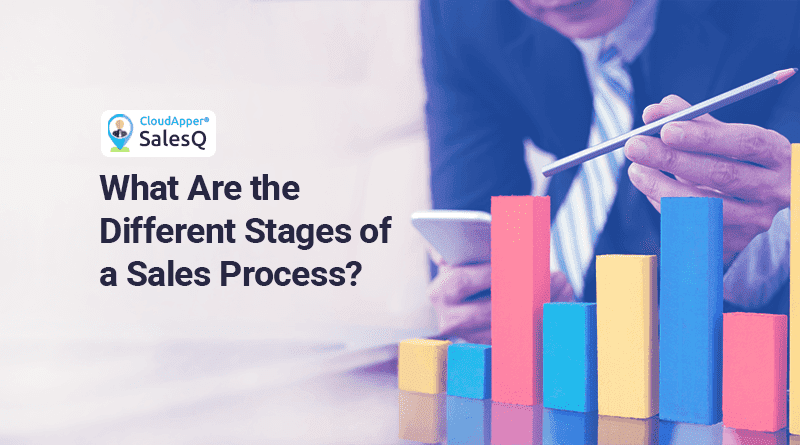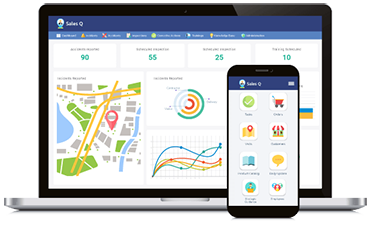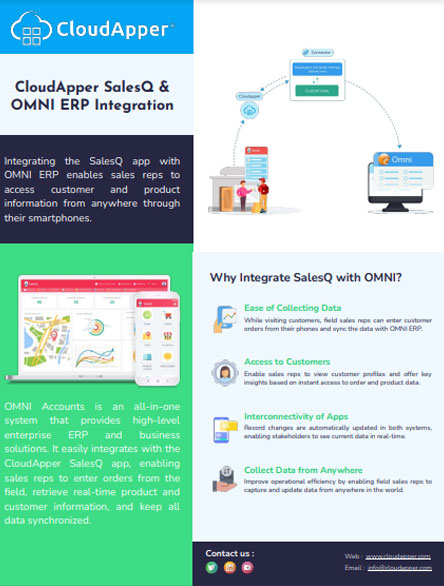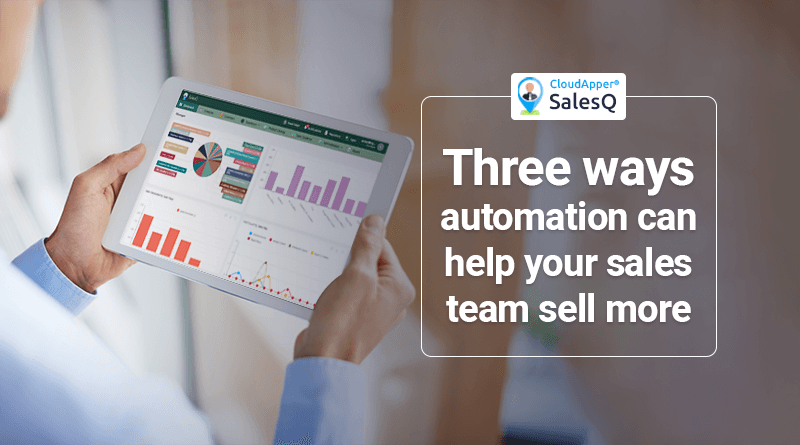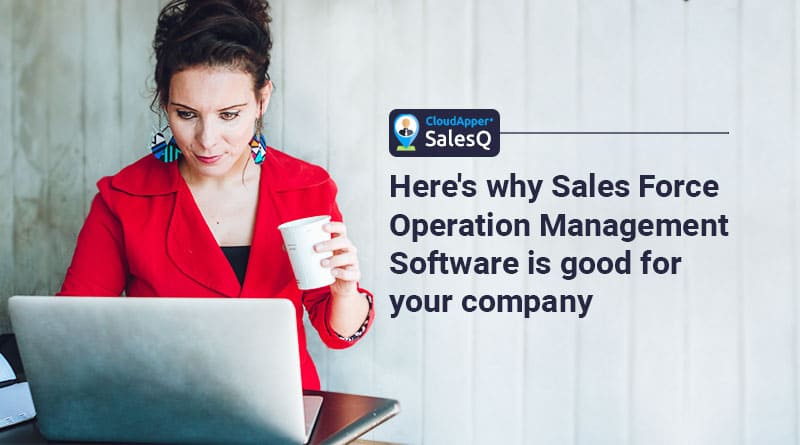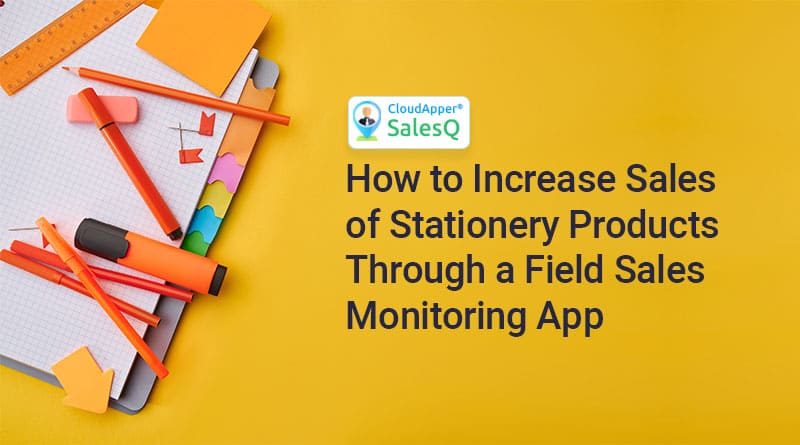Table of Contents
In sales, visibility is everything. Your team won’t be able to improve your existing sales system if you can’t see where each deal is in the process and how long it’s been there.
That is why creating and monitoring a sales funnel is critical not only for your sales team’s proficiency, but your overall capacity as well.
A well-defined sales pipeline transparently displays your sales process. And a legible pipeline allows teams to view all existing deals in your sales funnel, where they may be getting stuck, and how long the entire sales process takes. Effective monitoring also makes revenue forecasting much simpler for you as a sales manager.
Beyond the fundamentals of sales, knowing the modern elements of a sales pipeline is the basis of a strong sales team. Further, understanding the elements of a funnel makes it easier for you and your team to address existing problems in your current system.
What Exactly Is A Sales Pipeline?
A sales pipeline is a graphical depiction of where your deals are in the sales process. It is divided into several sales stages — usually six or more — that represent the steps that every sales representative should take before closing a deal and beyond.
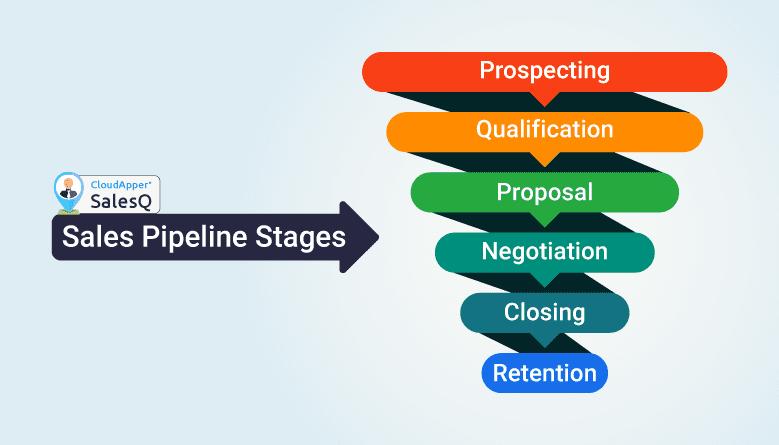
A sales pipeline will include a lot of information, such as the total number of transactions your sales team is working on, the name of the possible buyer, the value of each deal, and the stage of the sales process for each deal.
Why Is A Sales Pipeline Essential?
A sales pipeline makes it simple for anybody to know where each of your team’s opportunities are in the process. It also simplifies the sales process by dividing it down into tiny, manageable phases. Knowing the steps of your specific pipeline is a great practice of organization, and thus, simply another element of a well-built team.
A sales pipeline also makes it much simpler for sales managers to monitor the sales process, determine which step (if any) transactions end prematurely, and identify the most at-risk prospects. Finally, sales managers can improve their team’s aptitude and capacity for future sales using their sales funnel.
What Is The Distinction Between A Sales Pipeline And A Sales Funnel?
Before we proceed, it’s critical to dispel a widespread misperception. A sales pipeline is not the same as a sales funnel. These names are occasionally used interchangeably, however they are not the same.
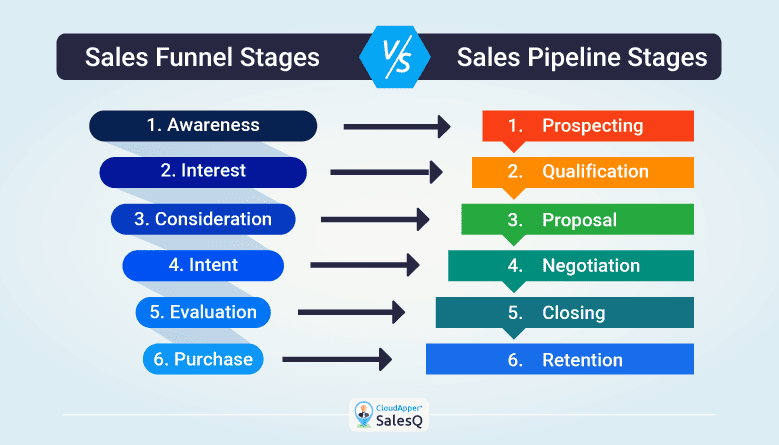
The sales funnel depicts the whole process that a customer takes. The sales pipeline details the sales team’s internal operations.
The graphic above shows the distinction between sales funnel and sales pipeline phases. Confusion often arises between the two because each element of the sales funnel corresponds relatively well to each level of the sales pipeline.
How To Create And Develop Your Sales Pipeline
A well-defined pipeline is critical for optimizing your sales process and identifying at-risk transactions. Here’s how to establish, construct, and optimize the phases of your B2B sales funnel.
1. Searching
Identifying prospective customers is the beginning of every sales funnel. Your salespeople must identify prospective sales targets (either via your marketing team or through their own efforts) and contact them to assess sales feasibility.
Research abilities are essential in this situation.
Even if you have a marketing team that generates qualified leads for your sales reps, it’s critical that sales know how to source their own leads and conduct their own research. 82% of top-performing salespeople always do research on prospects before making contact.
Don’t make the mistake of depending on current data in your CRM exclusively. Just because a sales representative spoke with a prospective buyer six months ago doesn’t mean the information is still correct. According to research, approximately one-quarter of buyers change jobs each year, and 85% of sales reps have lost or delayed a deal in the last year as a result of a buyer changing jobs.
Improve and expand your sales pipeline by:
Developing an Ideal Customer Profile (ICP), such as the one shown below. The better you understand what makes a great customer, the easier it will be to find high-quality leads.
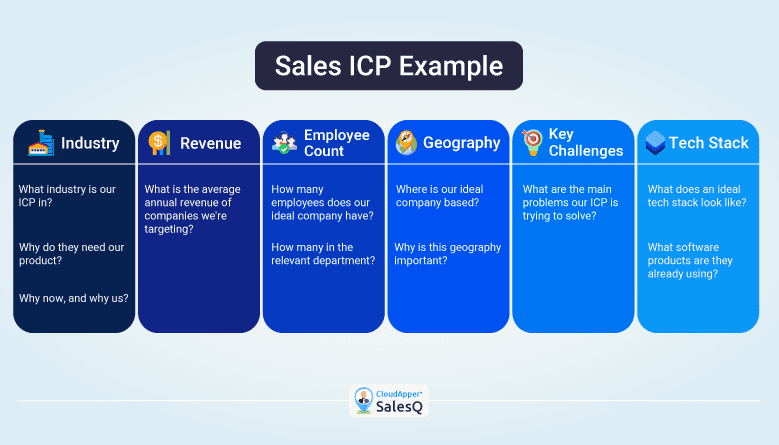
Reps should also employ tried-and-true sales prospecting strategies, such as genuinely chatting with customers and planning future calls.
2. Qualification
Once your team obtains a list of potential customers, they must determine which leads are most likely to complete. This is critical for preventing representatives from spending time on prospects who aren’t interested in your product. Proper time management and delegation to live clients is essential in sales.
Reps should also take this time to begin understanding their buyer’s pain areas in order to make a convincing proposal. The qualifying step does not have to be completed in a single call. It may just as well take numerous talks to thoroughly comprehend a prospect’s perspective to determine whether they really meet your ICP.
Build and grow your sales funnel by using the BANT approach.
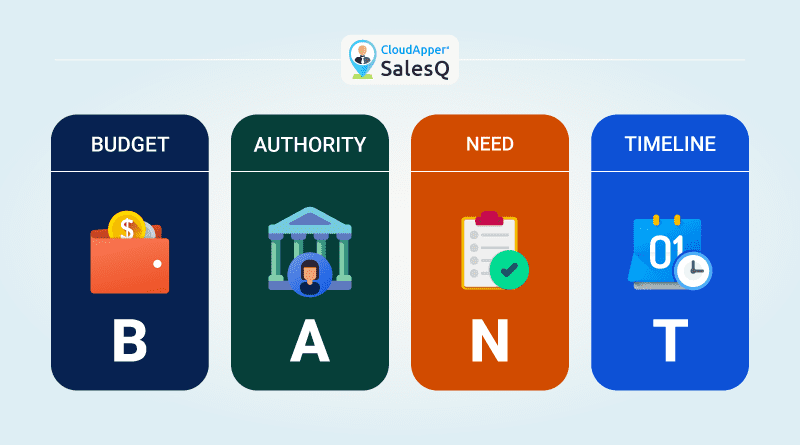
This IBM framework assists salespeople in determining if prospects have a budget, the power to close a transaction, a demand for your product, and a timetable to find a solution. These tenets are regarded as qualified and more likely to convert if they match at least three of these requirements.
Encourage your sales people to prioritize the best leads once they have qualified prospects. If you calculate the average duration of your team’s sales cycle, you’ll undoubtedly discover that each transaction takes about the same amount of time to close. This likely implies your team would be better served focusing on high-value transactions that are more likely to convert rather than being sidetracked by lesser sales.
3. Summary
Your salespeople should now have a solid grasp of your buyer’s pain areas and be able to connect those issues to your solution; this is the key to developing an enticing proposition.
The problem is, you don’t want sales representatives pitching to just anybody. Your team must identify and include all stakeholders and decision-makers during every step in the process.This is particularly true for big transactions. Many studies reveal a substantial relationship between the magnitude of the transaction and the number of purchasers engaged.
Enterprise-level agreements need your sales staff to propose to additional stakeholders and likely engage more personnel. While this may be inconvenient at first, more strenous practices like this are often required for large-scale transactions.
Improve and expand your sales funnel by:
Teaching your sales representatives how to write a great sales proposal. These are some examples:
-
Making an early business case
-
Meeting with the most critical stakeholders
-
Making a result presentation
Feel free to also use our polished sales proposal deck instead of developing a proposal from the start.
4. Discussion
Sales representatives will not close out a business right after delivering their proposal. The business will undoubtably have to negotiate with a variety of parties, respond to several queries, and, of course, overcome objections.
Remember that you may not be the only firm your buyer is speaking with. This stage is about continuing to be available to your prospect and selling your solution as much as it is about bargaining with them.
Improve and expand your sales funnel by:
Making certain that the representatives include all decision-makers in the negotiating process. The last thing you want is for a contract to be held up at this point because a key decision-maker was not CC’d. When decision-makers are not present, enterprise agreements are exceedingly less likely to conclude.
You should also teach your salespeople to handle objections with elegance. Our most often advised suggestions are as follows:
-
Using questions to answer objections
-
Validating concerns before responding
-
Reframing objections with optional solutions
Reps who manage concerns correctly will be able to take prospects to the last (and most essential) pipeline step.
5. Closure
If your representatives have made it this far, closure can be seen as the victory lap of sales. If they’ve addressed the buyer’s objections and shown the value of your solution in addressing their sales point, all your reps need to do now is ask low-stake questions and agree on final conditions.
If in doubt, your salespeople may utilize their buyer’s activities to determine whether a transaction is nearing completion. According to our studies, prospects ask more inquiries when they are near to close.
Improve and expand your sales funnel by:
Teaching your sales representatives how to close more transactions by asking the right probing questions. These questions should contain the following:
-
“Under what conditions can we reach an agreement by [date]?”
-
“Do you see a future in which you can advance by [date]?”
-
“I feel like the urgency of this sale has dropped a bit. Has anything major changed you your end?”
6. Retaining
Even when a contract is sealed, that still isn’t the end of the sale.
It is the obligation of sales representatives to ensure that customers have a favorable experience. This includes supervising the onboarding process and communicating with buyers.
Improve and expand your sales funnel by:
Having an excellent onboarding process. The sooner you can persuade your buyer of the worth of your product, the longer they will be a client. Excellent onboarding may also:
-
Lower churn
-
Boost net dollar retention
-
Reduced customer service expenses
-
Increase user engagement
Improving Sales Pipeline Management
Creating a sales funnel isn’t enough to remain competitive. Use these sales pipeline management ideas to increase the income of your team.
KPI Monitoring
Your sales funnel will fluctuate endlessly, and that’s how it should be. That is why it is critical to monitor its health using a variety of key performance indicators.
At a minimum, monitor the following metrics:
-
The number of transactions in the works
-
The typical transaction size
-
The rate of conversion at each level of the pipeline
-
Your typical sales cycle duration
-
Your pipeline’s overall worth
-
Your team’s close ratio
These indicators should be reviewed on a monthly or weekly basis depending on your capactity for data. Create a pipeline sales report to guarantee that you monitor these KPIs and present your team and bosses the current condition of your pipeline on a frequent basis.
Keep Your Pipeline Clean And Current.
Your sales funnel is always changing. Maintaining a close view on your current churn rate and overall data is non-negotiable. You’ll want to ensure that every transaction is in the right stage of the pipeline and that any stalled deals are removed entirely.
Encourage your sales personnel to maintain your CRM by adding notes every time they speak with a buyer. Although using sales software to automate the stesp in the sales process might be beneficial, your CRM can only go you so far. To further automate the process and receive a real-time snapshot of your pipeline whenever you need it, try adopting sales pipeline management software.
Regularly Review Your Pipeline
You may be using the most successful sales tactic available, but there is no assurance that it will continue to perform indefinitely. As a result, you must set out time on a regular basis to analyze your pipeline.
What Should You Specifically Look or?
Bottlenecks are the first clue that something is wrong with your sales process. Any level of the sales funnel with a high number of deals but a poor conversion rate might indicate an issue with your leads, sales people, or the whole sales process.
Regular assessments also make revenue forecasting simpler. If you watch how opportunities move through your pipeline on a regular basis, you can be considerably more certain about the proportion of deals that will complete each quarter or period.
Begin with a monthly assessment, then progress to a quarterly review if your pipeline shows consistent data. And don’t worry, you won’t have to start from scratch. Use Gong’s sales pipeline template to get a jump start.
Use Sales Force Management Software To Find High-Risk Deals
Almost half of all salespeople now use sales force management software. This style of sales software is critical for effective sales pipeline management, especially when it comes to detecting high-risk transactions.
CloudApper SalesQ allows you to see the reality of your pipeline and identify possible concerns before they become problems. For example, CloudApper SalesQ automatically follows every sale and lead in your pipeline from one step to the next and gives practical advice on how to maximize the odds of completing.
Cloudapper SalesQ Can Help You Visualize Your Sales Pipeline
A well-designed and streamlined sales pipeline is an excellent tool for visualizing your team’s sales, tracking transactions, and forecasting income.
CloudApper SalesQ allows you to go even farther. It employs cutting-edge artificial intelligence to help your existing team detect at-risk projects, boost your pipeline, and increase prediction accuracy.
What is CloudApper AI Platform?
CloudApper AI is an advanced platform that enables organizations to integrate AI into their existing enterprise systems effortlessly, without the need for technical expertise, costly development, or upgrading the underlying infrastructure. By transforming legacy systems into AI-capable solutions, CloudApper allows companies to harness the power of Generative AI quickly and efficiently. This approach has been successfully implemented with leading systems like UKG, Workday, Oracle, Paradox, Amazon AWS Bedrock and can be applied across various industries, helping businesses enhance productivity, automate processes, and gain deeper insights without the usual complexities. With CloudApper AI, you can start experiencing the transformative benefits of AI today. Learn More
